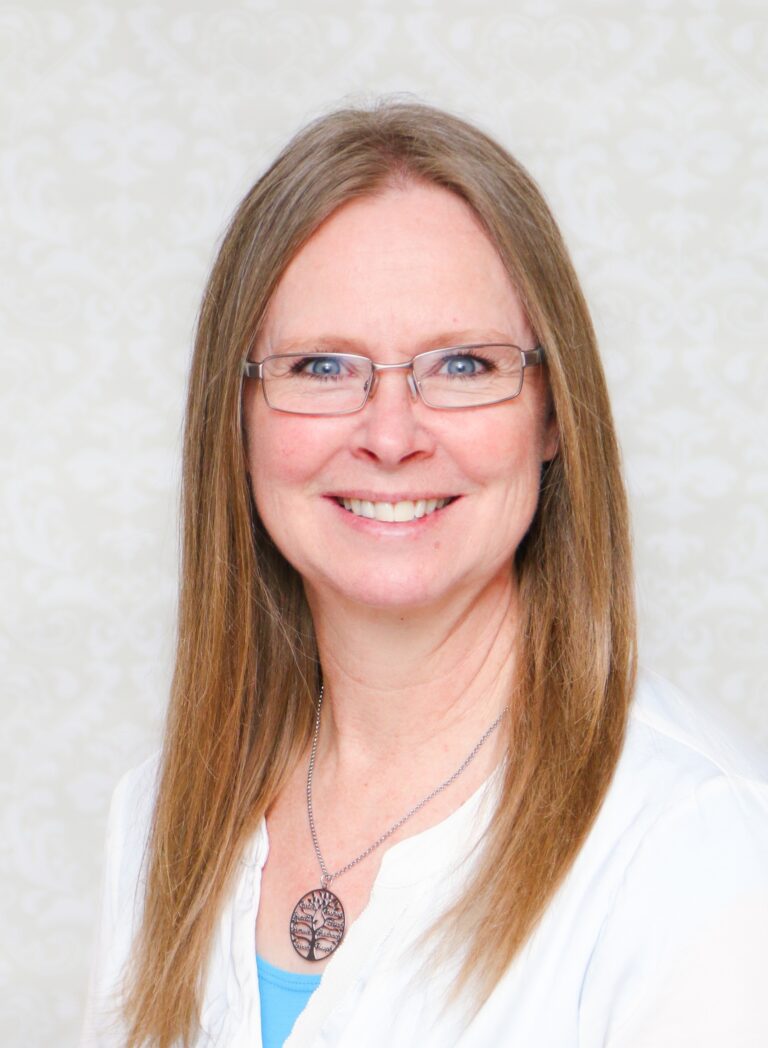Library Budget
The budgeting process usually begins in the summer months. The library receives a rough estimate from the Ada County Assessor’s Office of what might be the revenue that would eventually flow to the library from property taxes. Revised figures are supplied to the library periodically before the public budget hearing in the month of August.
During the summer, the Director of the library meets with the management/leadership team which consists of branch managers and other leaders of various departments within all the library branches. Various budget categories are discussed. Then tentative conclusions to this internal process are completed and submitted to the Board of Trustees. Adjustments are made by the Board of Trustees, and a revised budget is then prepared. After a thorough analysis, the budget is finalized and adopted at the annual budget meeting in August. The library’s fiscal year begins in October, the same as most government agencies and school districts in Idaho.
All library budgets are posted online and submitted to various state and county departments. For the past several years, our annual revenues have been spent in largely the same manner. Across the five library branches, the library employs about sixty personnel in various paid positions, and their salaries and benefits comprise about 60% of the annual budget. The money spent on collections, which include physical and digital materials and other databases comprise about 15% of the annual budget. Technology costs, courier services, insurance, administration, IT, outreach, and equipment comprise another 5% of the budget. The balance, or 20% represents the “fixed” costs associated with the leasing of three branch libraries in Star, Hidden Springs, and Lake Hazel, as well as repairs and maintenance of the Victory main branch, which the library owns.
As “public servant-volunteers,” no one on the Board of Trustees is compensated in any way. They serve on the Board of Trustees because they believe public libraries are a critically important asset in our communities, and they want to be active in helping our communities be the best they can be.

